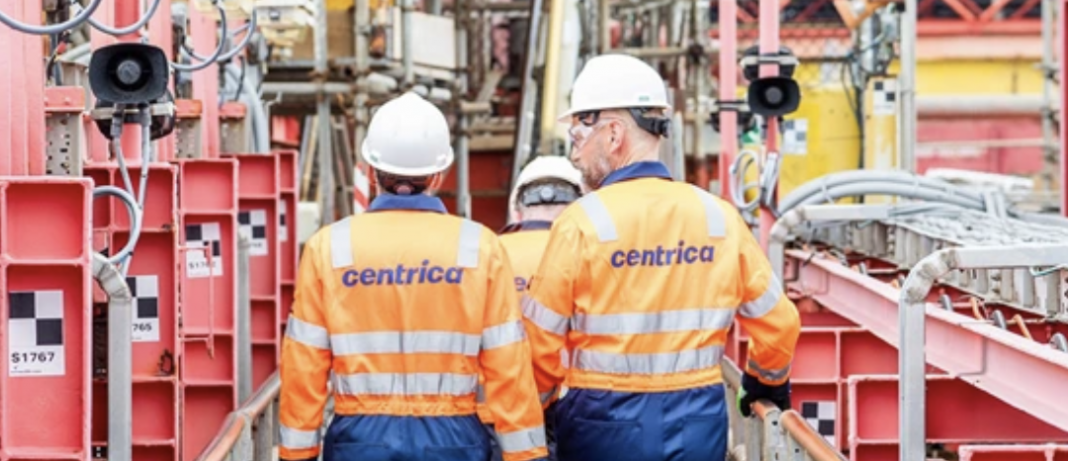Hydrogen could play a vital role in delivering a secure, decarbonised electricity system in the UK, according to a new report by Centrica and FTI Consulting.
The report says a future energy system without an established hydrogen market would leave the UK at risk of huge swings in electricity generation from renewables, with no way of addressing the shortfalls and the surplus. It says: “By 2050, there could be excess electricity generation, driven by renewables around 15% of the time. Electricity generation from renewables could also rise or fall by as much as 100GW over the course of a single day making it incredibly difficult to balance the grid.”
Not only would hydrogen storage and transportation help address these issues, but the report also found that large scale hydrogen storage could reduce customer energy costs by as much as £1bn per year by 2050. The UK currently has the lowest levels of energy storage of the world’s major economies.
It goes on to say that although the UK has committed to net zero by 2050 and made more progress towards this ambition than other major economies, significant delivery challenges remain.
By providing a means of storing energy over a longer period of time, and transporting energy over a greater distance, hydrogen could address the major issues with renewable generation – intermittency and curtailment. For this to be successful, the report found that the development of a hydrogen transportation network and sufficient large-scale storage facilities would be necessary. Repurposing underground gas pipes to be used as a hydrogen transport network would create an underground ‘superhighway’ to move renewable electricity as hydrogen gas. This could also reduce the volume of above ground electricity transmission infrastructure needed and significantly reduce the cost of net zero for consumers.
Increased dependence on renewable generation will introduce greater supply volatility and increase cost on both a daily and seasonal basis. The report illustrates that making hydrogen when there is excess energy that can be stored and used when the wind isn’t blowing, and the sun isn’t shining, will be an essential part of the solution required to balance intermittent renewables.
The report took a ‘whole-systems approach’ to explore a net zero future, reviewing all available and established methods for decarbonising the UK. Its publication comes as the National Energy System Operator (NESO) has been tasked with ensuring a secure and affordable future British energy system and planning for Britain’s electricity and gas networks.
It concluded that both salt caverns and depleted gas fields will be required for hydrogen storage, with salt caverns being used for short term responses, and depleted gas fields, such as Rough, used for longer term storage. The modelling illustrates how both types of storage would work together to ensure hydrogen was in the right place, at the right time.
Chris O’Shea, Group Chief Executive of Centrica said: “At Centrica we believe wholeheartedly that the UK can reach net zero, but we’re realistic about the challenges the transition will pose. We need to be agnostic about the technology; there won’t be a single silver bullet that delivers this crucial change.
“What this report clearly demonstrates is the vital importance of hydrogen in decarbonising the UK’s energy system. By providing a way to store excess electricity, hydrogen will be crucial to managing more intermittency.
“We now have a blueprint for the role that hydrogen could play as a very big battery in a net zero energy system, providing electricity when the wind doesn’t blow, and the sun doesn’t shine. All we need now is the green light from regulators and the government to unlock £2bn of investment to transform our existing Rough storage facility to become the world’s biggest hydrogen storage facility and start building out the energy system of the future.”



